How many planets are in the solar system? Exploring our celestial neighborhood unveils a fascinating array of planets, each with unique characteristics and mysteries. At HOW.EDU.VN, our team of expert astrophysicists and planetary scientists provides clarity and in-depth knowledge on the composition of the solar system, offering guidance and detailed explanations. With expert insight on planetary science, our team helps you understand more than just the number of planets; we delve into their classification, composition, and current scientific debates around planetary definitions.
1. Understanding the Solar System’s Planetary Count
Currently, the solar system is recognized to have eight planets, categorized into inner, terrestrial planets and outer, gas, or ice giant planets. The number of planets in the solar system has evolved over time due to advancements in astronomical understanding and refined definitions.
1. 1 The Eight Official Planets
The solar system is home to eight officially recognized planets, each possessing unique characteristics and orbiting the Sun in distinct paths:
- Mercury: The closest planet to the Sun, known for its small size and heavily cratered surface.
- Venus: Often called Earth’s “sister planet,” Venus is shrouded in a thick, toxic atmosphere, making it the hottest planet in the solar system.
- Earth: Our home planet, distinguished by its abundant liquid water, diverse ecosystems, and life-supporting atmosphere.
- Mars: The “Red Planet,” Mars has a thin atmosphere, polar ice caps, and evidence of past liquid water, making it a prime target for exploration and the search for life beyond Earth.
- Jupiter: The largest planet in the solar system, Jupiter is a gas giant with a swirling atmosphere, numerous moons, and a faint ring system.
- Saturn: Famous for its prominent rings made of ice and rock particles, Saturn is another gas giant with a complex atmosphere and a large number of moons.
- Uranus: An ice giant with a unique sideways rotation, Uranus has a faint ring system and a bluish-green appearance due to methane in its atmosphere.
- Neptune: The farthest planet from the Sun, Neptune is an ice giant with a dynamic atmosphere, strong winds, and a system of rings and moons.
1. 2 The Dwarf Planet Distinction
In addition to the eight planets, the solar system is also home to several dwarf planets. The International Astronomical Union (IAU) defines a dwarf planet as a celestial body that:
- Orbits the Sun directly.
- Has enough mass for its gravity to pull it into a nearly round shape.
- Has not cleared the neighborhood around its orbit.
- Is not a moon of another planet.
The most well-known dwarf planet is Pluto, which was reclassified from a planet in 2006 due to its failure to clear its orbital path of other objects. Other recognized dwarf planets include Ceres, Haumea, Makemake, and Eris. These celestial bodies share many characteristics with planets, but their inability to dominate their orbital zones sets them apart in the solar system’s hierarchy.
2. Detailed Look at the Solar System’s Planets
Each planet in the solar system has its own unique set of characteristics. Understanding these features helps us appreciate the diversity and complexity of our celestial neighborhood.
2. 1 Inner, Terrestrial Planets
The inner planets—Mercury, Venus, Earth, and Mars—are characterized by their solid, rocky surfaces.
- Mercury: As the closest planet to the Sun, Mercury experiences extreme temperature variations, ranging from scorching hot during the day to bitterly cold at night. Its surface is heavily cratered, resembling that of the Moon. Mercury lacks a significant atmosphere, resulting in minimal heat retention.
- Venus: Venus is notorious for its dense, toxic atmosphere composed primarily of carbon dioxide, creating a runaway greenhouse effect that makes it the hottest planet in the solar system. Its surface is obscured by thick clouds of sulfuric acid, and it experiences volcanic activity.
- Earth: Earth is unique among the planets in our solar system for its abundant liquid water, which covers about 71% of its surface. It has a diverse atmosphere composed mainly of nitrogen and oxygen, supporting a wide range of life forms.
- Mars: Mars has a reddish appearance due to iron oxide (rust) on its surface. It has a thin atmosphere, polar ice caps containing water ice and carbon dioxide, and evidence of past liquid water in the form of dried-up riverbeds and canyons.
2. 2 Outer, Gas, and Ice Giant Planets
The outer planets—Jupiter, Saturn, Uranus, and Neptune—are much larger than the inner planets and are primarily composed of gas and ice.
- Jupiter: Jupiter is the largest planet in the solar system, with a mass more than twice that of all the other planets combined. It is a gas giant composed mainly of hydrogen and helium, with a swirling atmosphere, colorful clouds, and the Great Red Spot, a long-lived storm larger than Earth.
- Saturn: Saturn is famous for its spectacular ring system, composed of countless ice and rock particles. It is another gas giant made up mostly of hydrogen and helium, with a complex atmosphere, seasonal changes, and numerous moons, including Titan, which has a thick atmosphere and liquid methane lakes.
- Uranus: Uranus is an ice giant with a unique sideways rotation, orbiting the Sun on its side. Its atmosphere contains methane, giving it a bluish-green color. Uranus has a faint ring system and a number of moons.
- Neptune: Neptune is the farthest planet from the Sun, an ice giant with a dynamic atmosphere, strong winds, and dark storms, including the Great Dark Spot, which has since disappeared. It has a system of rings and moons, including Triton, which orbits in the opposite direction of Neptune’s rotation.
2. 3 Dwarf Planets in Detail
Dwarf planets are celestial bodies that orbit the Sun, are massive enough to be rounded by their own gravity, but have not cleared their orbital path of other objects.
- Pluto: Once considered the ninth planet, Pluto was reclassified as a dwarf planet in 2006. It is located in the Kuiper Belt, a region beyond Neptune containing numerous icy bodies. Pluto has a rocky core, a surface of ice, and a thin atmosphere that expands when it is closest to the Sun.
- Ceres: Ceres is the largest object in the asteroid belt between Mars and Jupiter and the only dwarf planet in the inner solar system. It has a rocky core, an icy mantle, and a thin atmosphere. Ceres is of interest to scientists because it may contain water ice and organic molecules.
- Haumea: Haumea is a rapidly rotating, egg-shaped dwarf planet located in the Kuiper Belt. It has a rocky core, an icy surface, and a ring system. Haumea is unique because it has two moons, Hiʻiaka and Namaka, which are thought to have formed from a collision with another object.
- Makemake: Makemake is the second-brightest object in the Kuiper Belt and one of the largest dwarf planets. It has a reddish color, a rocky core, and a surface of methane, ethane, and nitrogen ices. Makemake lacks a known atmosphere.
- Eris: Eris is the most massive dwarf planet and one of the largest known objects in the Kuiper Belt. Its discovery led to the reclassification of Pluto as a dwarf planet. Eris has a rocky core, an icy surface, and a thin atmosphere that expands when it is closest to the Sun.
3. The Ongoing Debate: What Defines a Planet?
The reclassification of Pluto in 2006 sparked a significant debate about the definition of a planet. The IAU’s definition requires a planet to have “cleared its neighborhood” of other objects. This criterion is what Pluto fails to meet, as it shares its orbital space with other Kuiper Belt objects.
3. 1 The IAU Definition and Its Critics
The IAU’s definition has faced criticism from some scientists who argue that it is arbitrary and not applicable to all planetary systems. They suggest that a planet should be defined primarily by its intrinsic properties, such as its size and shape, rather than its orbital characteristics.
3. 2 Alternative Definitions Proposed
Alternative definitions of a planet have been proposed, including one that focuses on whether a celestial body has enough gravity to pull itself into a spherical shape. This definition would include Pluto and other dwarf planets, potentially increasing the number of planets in the solar system.
3. 3 Implications of Redefining “Planet”
Redefining “planet” could have significant implications for our understanding of the solar system and other planetary systems. It could lead to a more inclusive view of what constitutes a planet and highlight the diversity of celestial bodies in the universe.
4. Exploring the Solar System: Missions and Discoveries
Space missions have played a crucial role in expanding our knowledge of the solar system’s planets. These missions have provided detailed images, data, and insights that have transformed our understanding of these celestial bodies.
4. 1 Key Missions to the Inner Planets
Missions to the inner planets have revealed a wealth of information about their geology, atmosphere, and potential for past or present life.
| Mission | Planet | Discoveries |
|---|---|---|
| Mariner 10 | Mercury | First close-up images of Mercury’s surface, revealing its heavily cratered terrain and thin atmosphere. |
| Venera Program | Venus | First surface images of Venus, showing its hot, volcanic landscape. |
| Apollo Program | Earth | First human landing on the Moon, providing valuable samples and data about Earth’s satellite. |
| Mars Exploration Rovers (Spirit and Opportunity) | Mars | Evidence of past liquid water on Mars, suggesting that the planet may have once been habitable. |
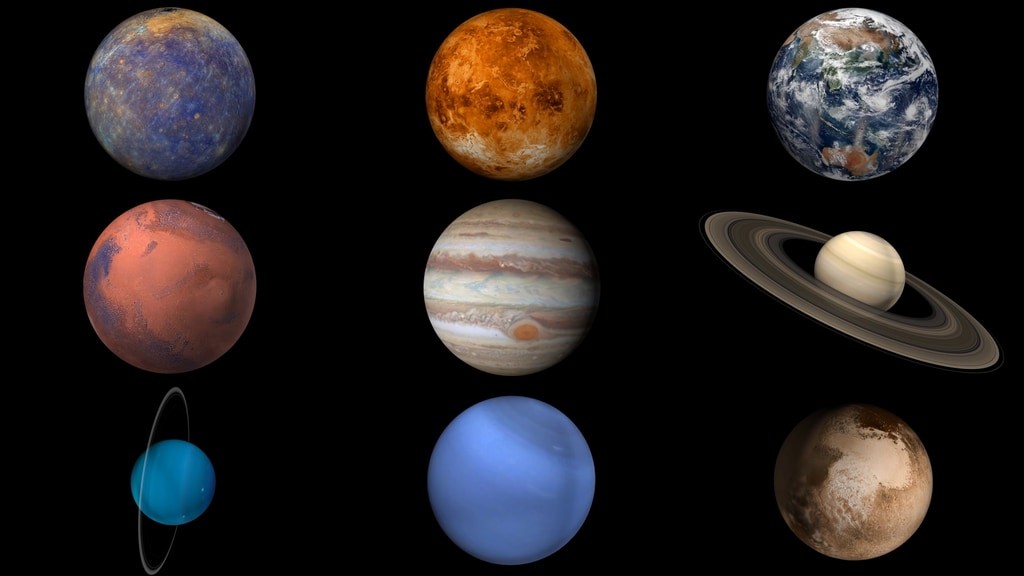
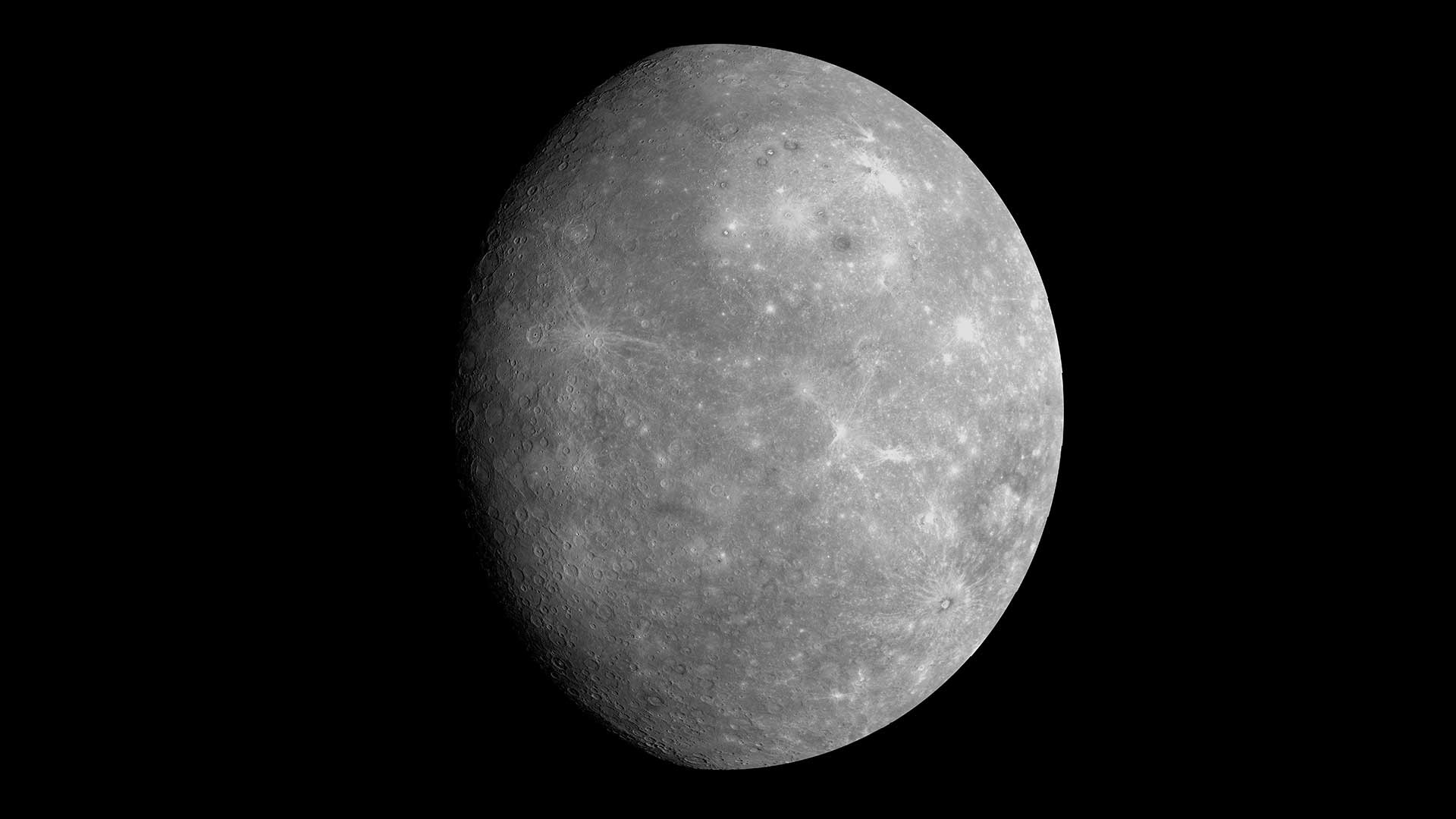
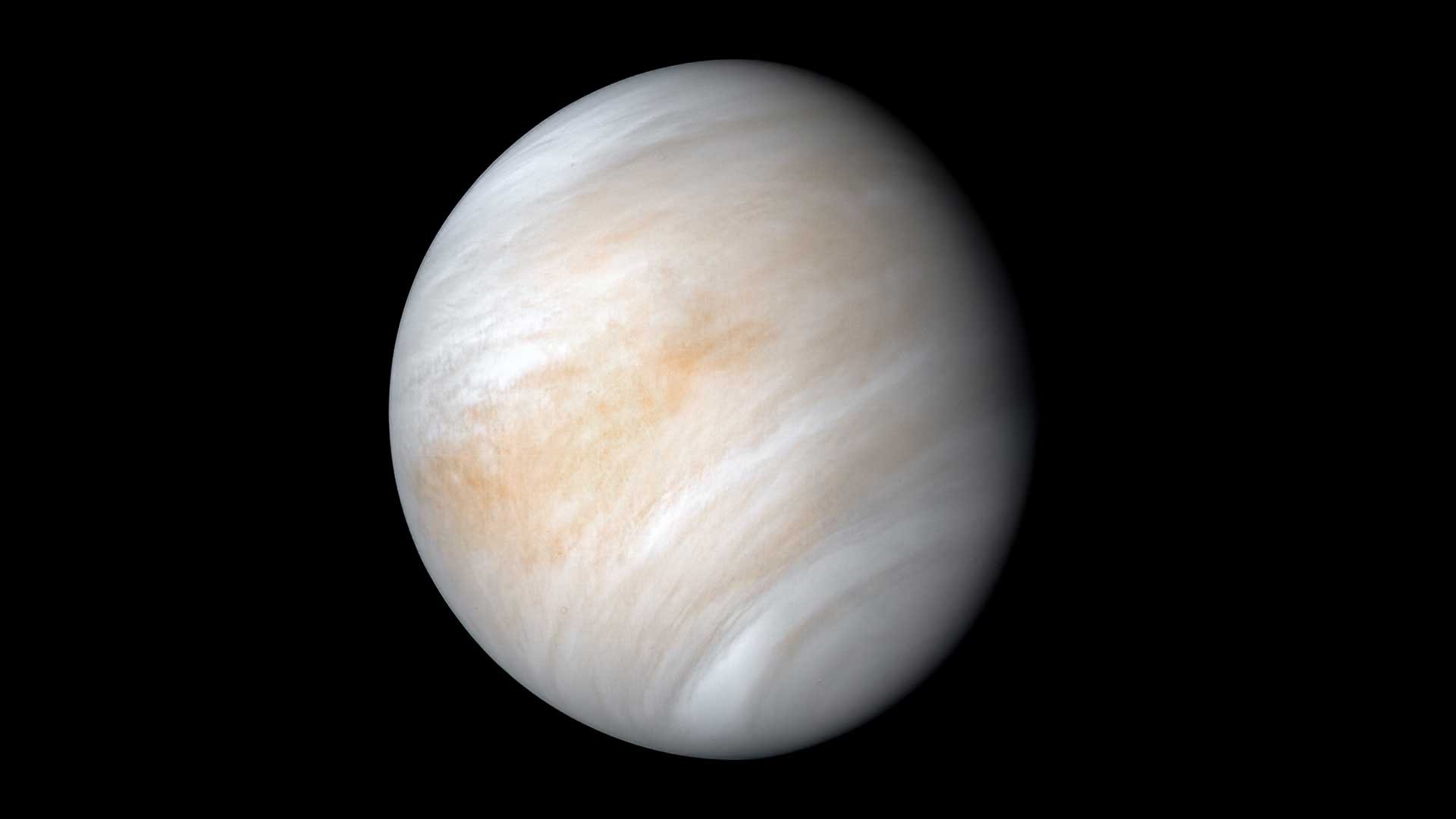

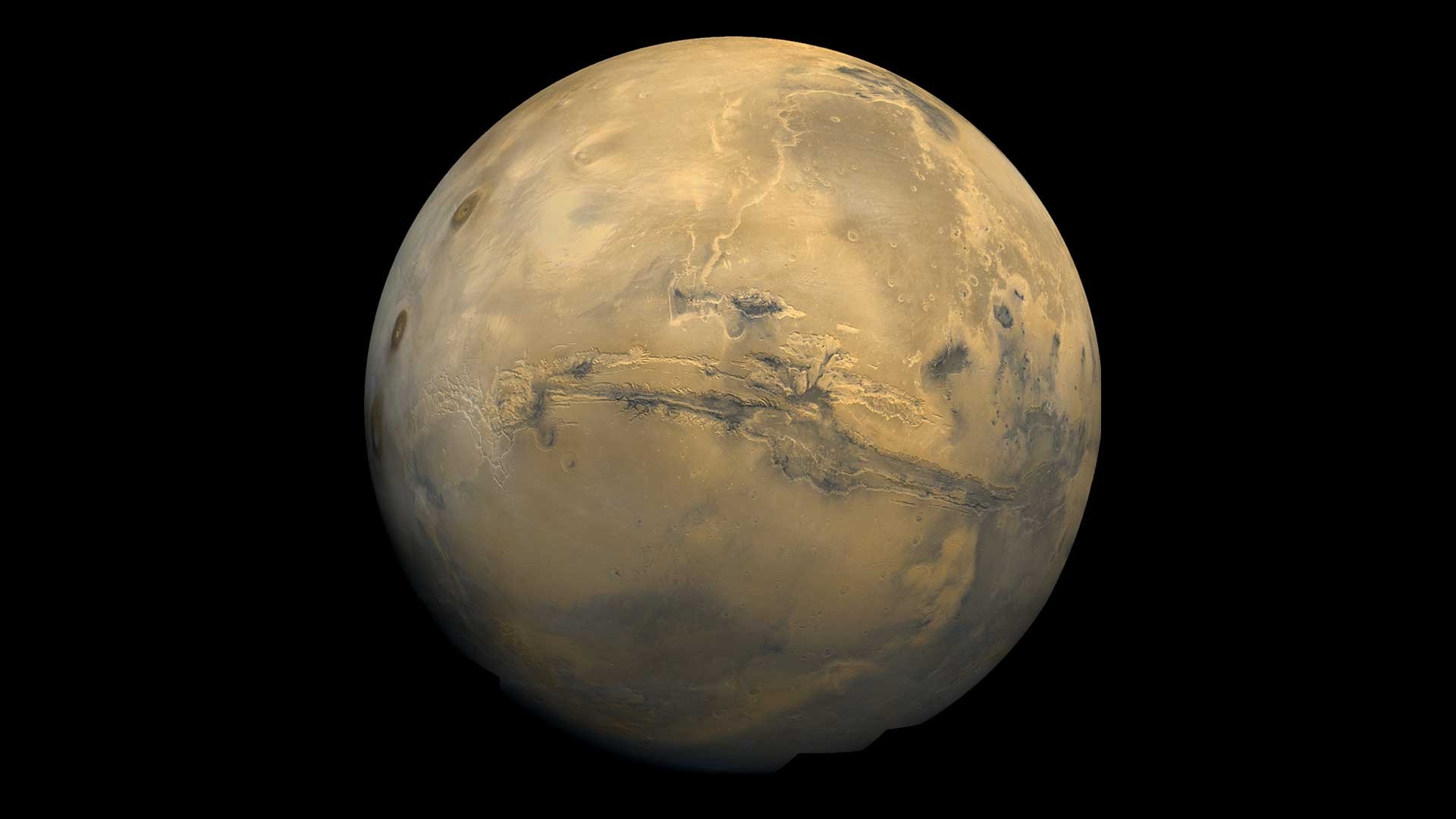
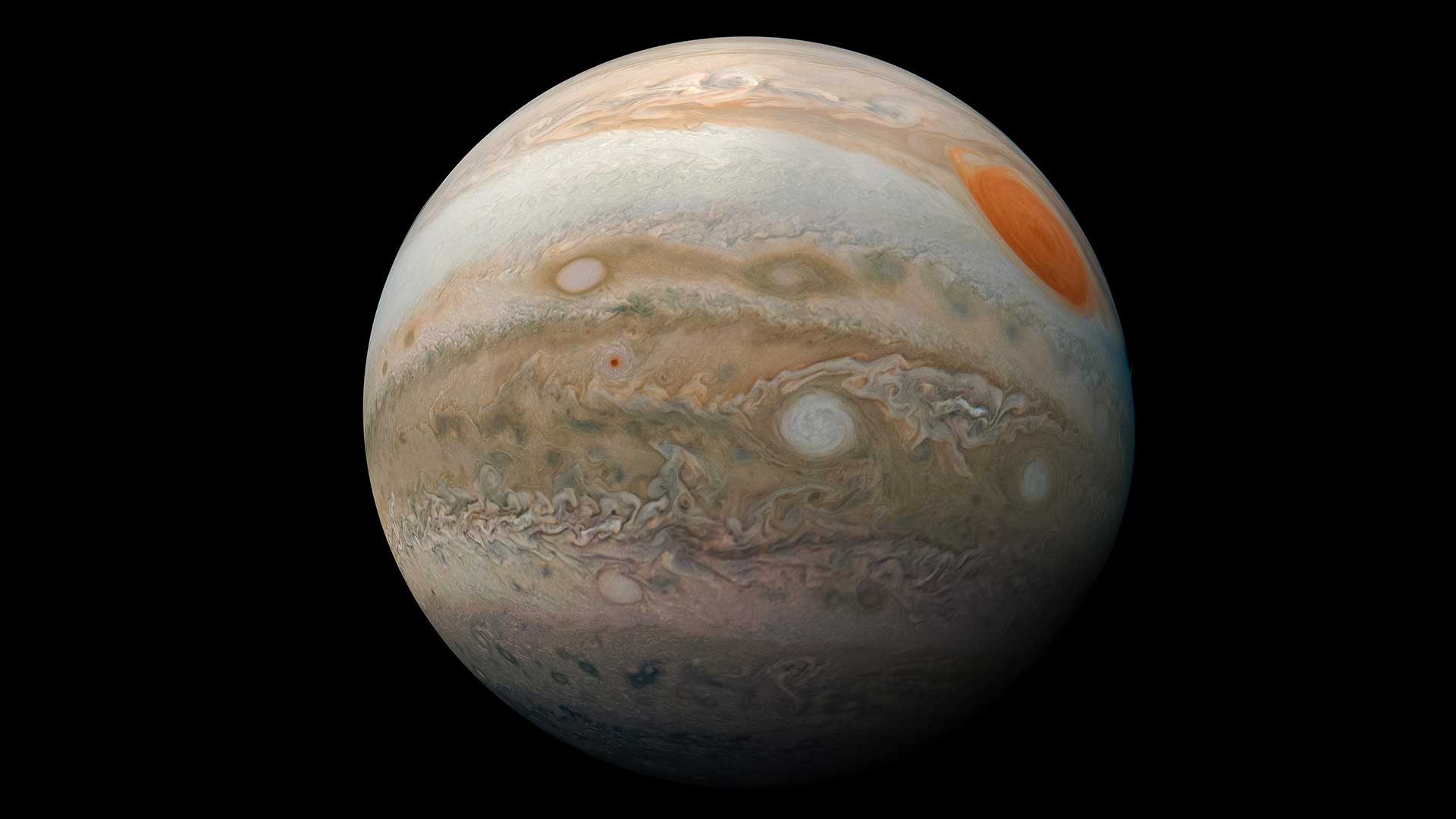
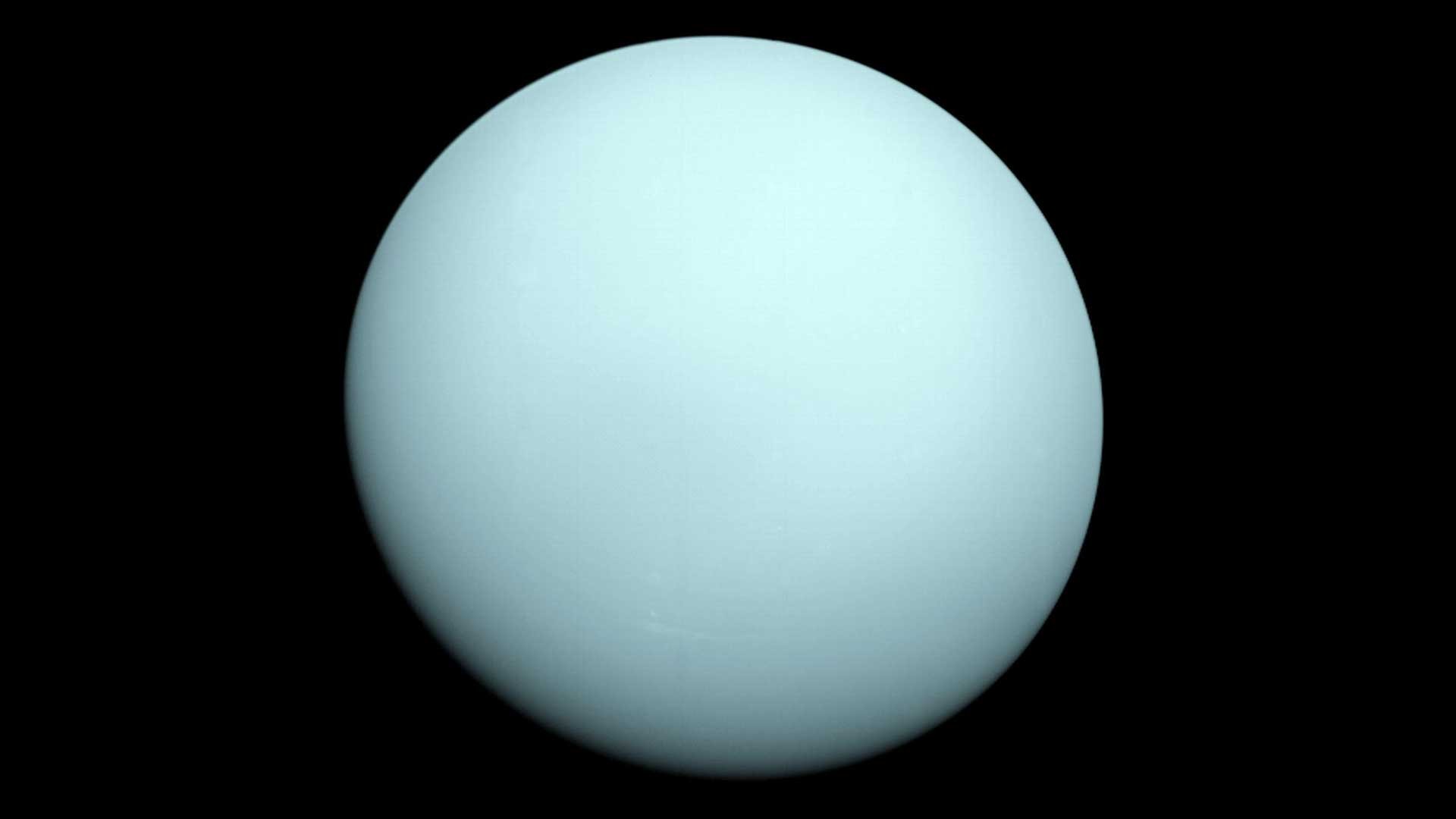
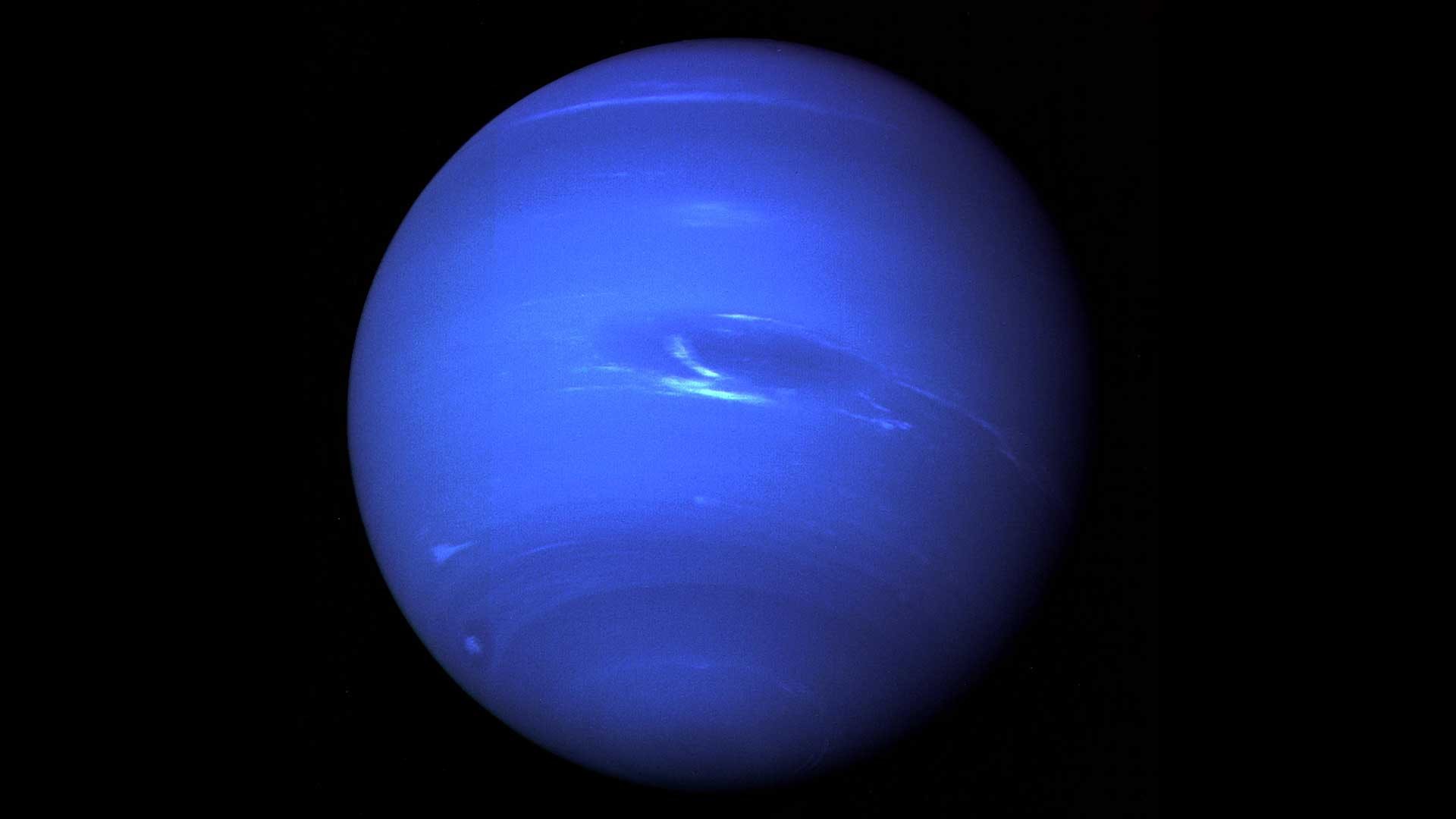
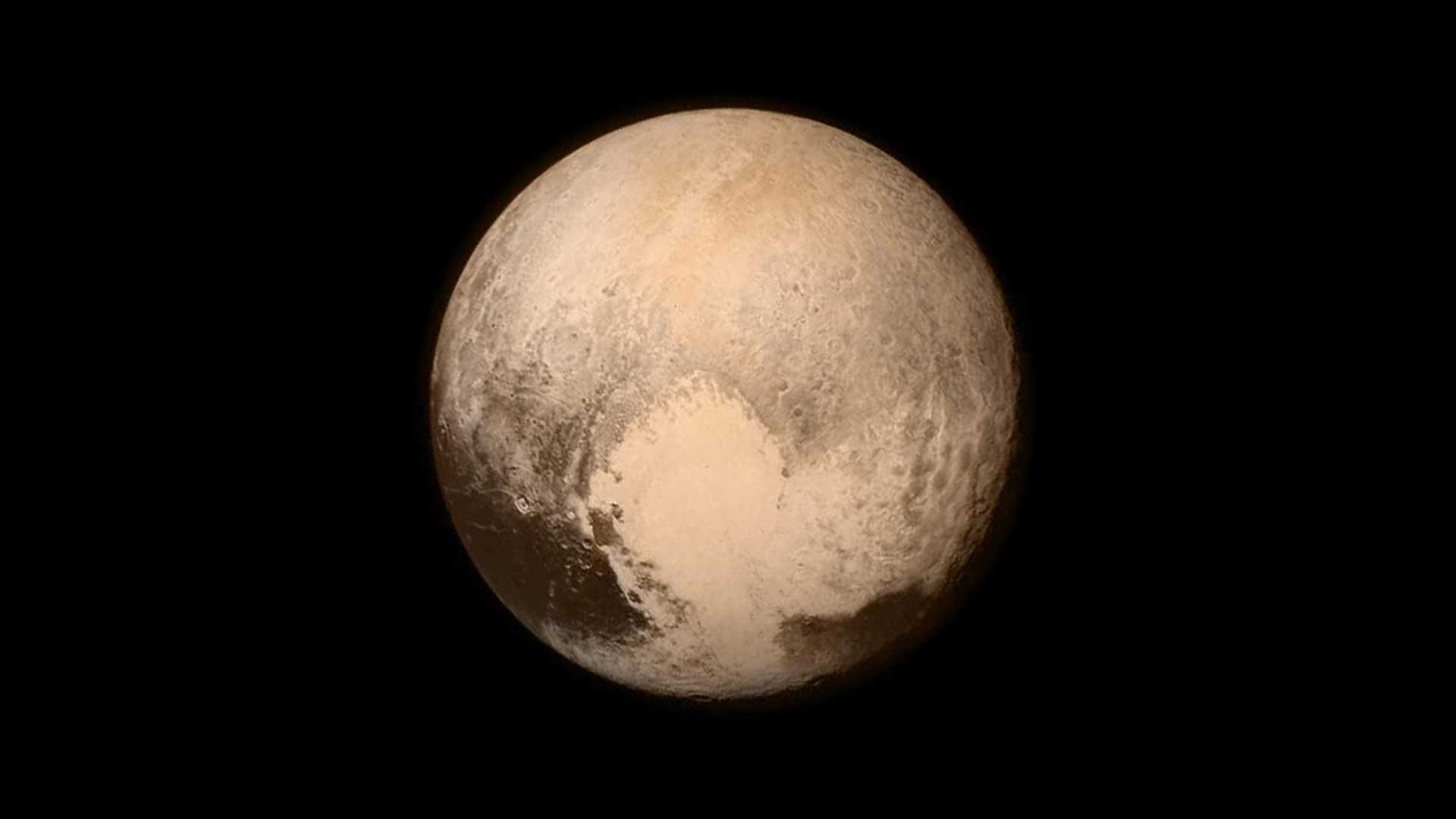
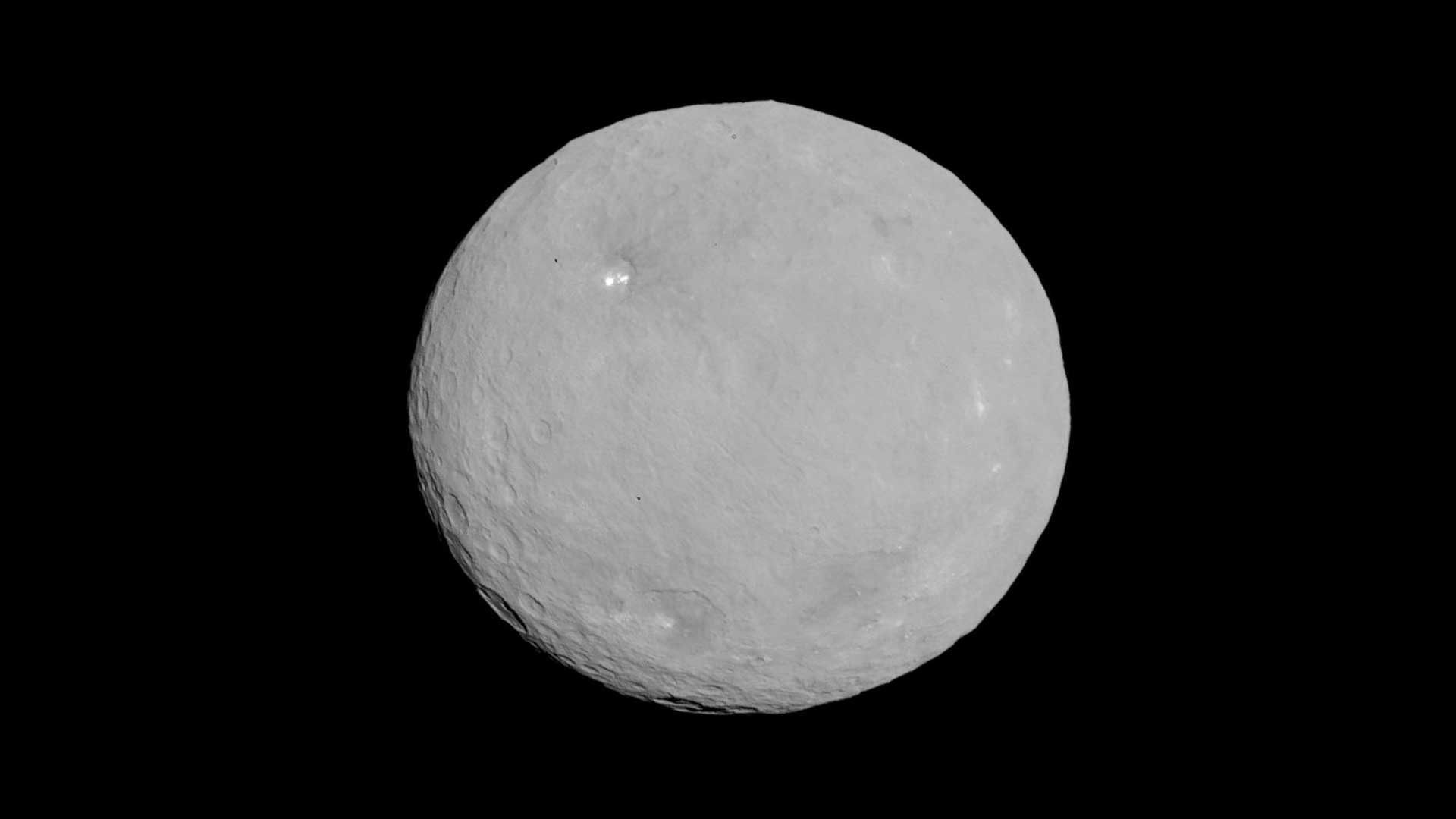
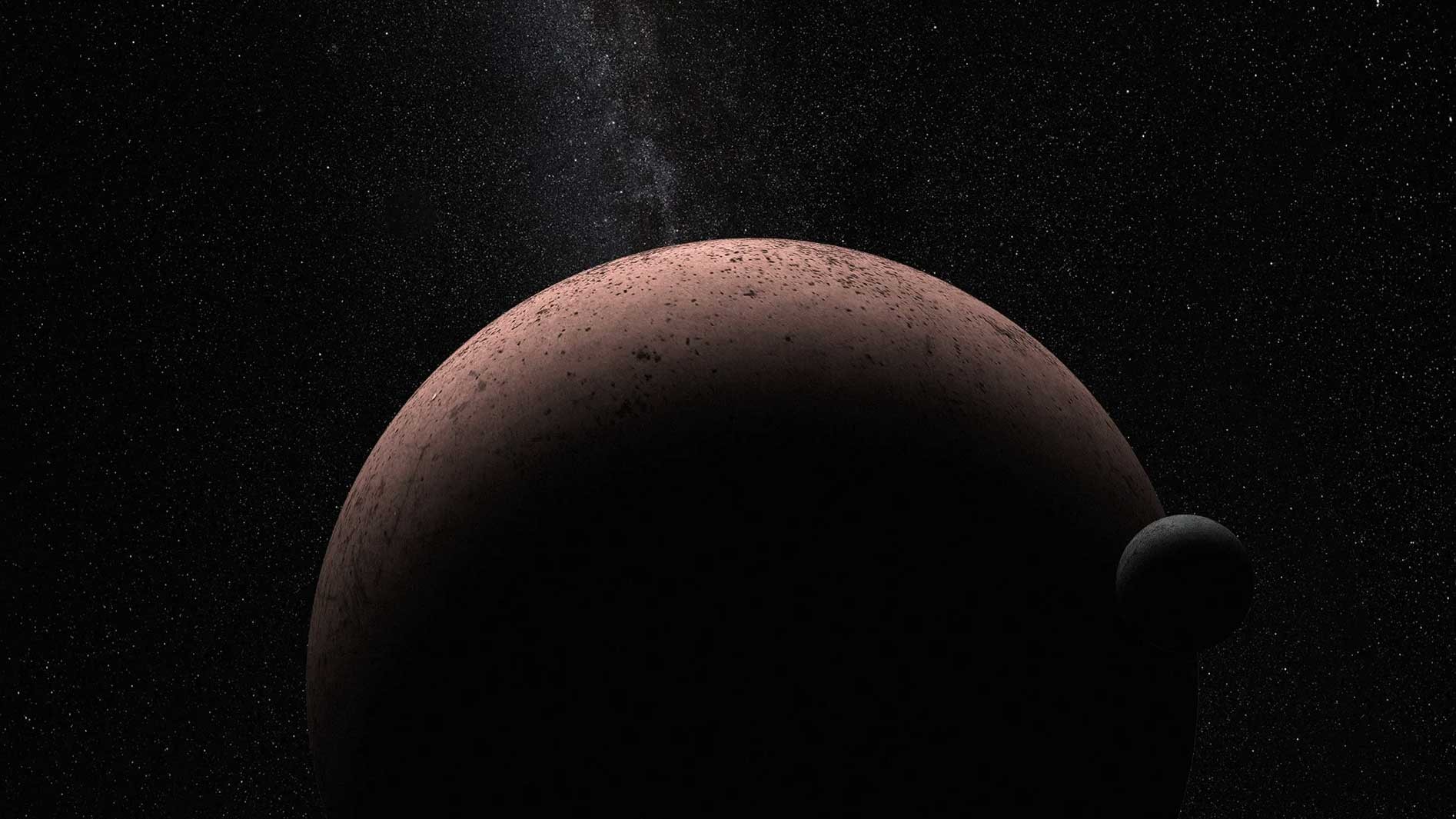
4. 2 Key Missions to the Outer Planets
Missions to the outer planets have provided stunning images and data about their atmospheres, rings, and moons.
| Mission | Planet | Discoveries |
|---|---|---|
| Voyager 1 and 2 | Jupiter, Saturn, Uranus, Neptune | Detailed images of Jupiter’s Great Red Spot, Saturn’s rings, and Uranus and Neptune’s atmospheres and moons. |
| Cassini-Huygens | Saturn | Discovery of liquid methane lakes on Titan, Saturn’s largest moon. |
| New Horizons | Pluto | First close-up images of Pluto, revealing its complex surface and diverse geology. |
4. 3 Future Missions and Exploration Goals
Future missions to the solar system aim to further explore the planets and address key questions about their formation, evolution, and potential for life.
- Europa Clipper: A mission to Jupiter’s moon Europa, which is believed to have a subsurface ocean that could potentially harbor life.
- Dragonfly: A mission to Saturn’s moon Titan, which will explore its organic-rich environment and search for signs of prebiotic chemistry.
- Mars Sample Return: A multi-mission campaign to collect samples from Mars and return them to Earth for detailed analysis.
5. Why the Number of Planets Matters
Understanding the number of planets in our solar system is more than just an academic exercise. It helps us contextualize our place in the universe and provides a framework for understanding planetary formation and evolution.
5. 1 Understanding Planetary Formation
The number and types of planets in a solar system can provide clues about the conditions under which it formed. For example, the presence of both terrestrial and gas giant planets in our solar system suggests that it formed from a protoplanetary disk with a specific distribution of materials and temperatures.
5. 2 Comparative Planetology
By studying the similarities and differences between planets, scientists can gain insights into the processes that shape their geology, atmosphere, and potential for life. Comparative planetology helps us understand why Earth is habitable while other planets are not.
5. 3 The Search for Exoplanets
The discovery of exoplanets—planets orbiting other stars—has revolutionized our understanding of planetary systems. Studying the number and characteristics of exoplanets helps us determine how common planetary systems are in the universe and whether other solar systems might harbor habitable planets.
6. The Role of Experts in Understanding the Solar System
Navigating the complexities of planetary science requires expert knowledge and guidance. At HOW.EDU.VN, we provide access to experienced professionals who can help you understand the latest discoveries and debates in the field.
6. 1 Access to Leading Experts
Our team includes astrophysicists, planetary scientists, and educators who are passionate about sharing their knowledge and expertise. We provide personalized consultations to address your specific questions and interests.
6. 2 Personalized Consultations
Whether you’re a student, a researcher, or simply a space enthusiast, we can provide tailored guidance and resources to help you explore the solar system and beyond. Our experts can help you understand complex concepts, evaluate scientific evidence, and stay up-to-date on the latest discoveries.
6. 3 Stay Updated on the Latest Discoveries
The field of planetary science is constantly evolving, with new missions, discoveries, and theories emerging all the time. We provide regular updates and insights to keep you informed about the latest developments and help you stay ahead of the curve.
7. Exploring the Solar System with HOW.EDU.VN
At HOW.EDU.VN, we are committed to providing accessible, accurate, and engaging information about the solar system and the broader universe. We believe that everyone should have the opportunity to explore the wonders of space and understand the science behind it.
7. 1 Educational Resources and Articles
We offer a wide range of educational resources, including articles, videos, and interactive simulations, to help you learn about the planets, moons, asteroids, and comets that make up our solar system. Our resources are designed to be accessible to learners of all ages and backgrounds.
7. 2 Interactive Simulations and Tools
Our interactive simulations and tools allow you to explore the solar system in a dynamic and engaging way. You can visualize planetary orbits, explore surface features, and simulate the effects of different atmospheric conditions.
7. 3 Community and Discussion Forums
We foster a community of space enthusiasts where you can connect with others, share your thoughts and questions, and participate in discussions about the latest discoveries and debates in the field. Our community forums provide a supportive and inclusive environment for learning and exploration.
8. Connecting with Experts at HOW.EDU.VN
At HOW.EDU.VN, we understand the challenges individuals face when seeking expert advice. Finding knowledgeable professionals who can provide accurate and reliable information can be difficult and time-consuming. That’s why we’ve assembled a team of over 100 distinguished PhDs ready to assist you.
- Challenge: Difficulty finding qualified experts.
- Solution: Access over 100 renowned PhDs at HOW.EDU.VN
9. The Benefits of Expert Consultation
When you seek advice from our team of experts, you gain access to invaluable insights and guidance that can transform your understanding of complex topics. Whether you’re a student, a researcher, or simply a curious individual, our experts can provide the knowledge and support you need to succeed.
9. 1 Enhanced Understanding
Our experts can help you understand complex concepts and theories, providing clear explanations and real-world examples to enhance your comprehension. With their guidance, you can develop a deeper appreciation for the subject matter and gain a more nuanced perspective.
9. 2 Informed Decision-Making
Our experts can provide you with the information and insights you need to make informed decisions. Whether you’re choosing a career path, evaluating a scientific claim, or simply trying to understand a complex issue, our experts can help you weigh the evidence and arrive at a well-reasoned conclusion.
9. 3 Stay Ahead of the Curve
Our experts are at the forefront of their respective fields, constantly learning and innovating. By connecting with them, you can stay up-to-date on the latest discoveries and trends, giving you a competitive edge in your studies, research, or career.
10. How HOW.EDU.VN Supports Your Quest for Knowledge
We recognize that finding reliable expert advice can be both time-consuming and costly. Our platform is designed to alleviate these pain points, offering you a seamless and efficient way to connect with leading experts.
- Challenge: High costs and time investment in seeking expert advice.
- Solution: HOW.EDU.VN provides a cost-effective, time-saving platform.
11. Privacy and Trust: Cornerstones of Our Service
We understand the importance of privacy and trust when seeking expert advice. That’s why we’ve implemented strict measures to protect your personal information and ensure the confidentiality of your consultations.
11. 1 Secure Platform
Our platform utilizes state-of-the-art security technology to protect your data and communications. We adhere to strict privacy policies and comply with all relevant regulations.
11. 2 Confidential Consultations
All consultations with our experts are confidential. We will never share your personal information or the content of your consultations with third parties without your explicit consent.
11. 3 Verified Experts
All of our experts are carefully vetted and verified to ensure that they meet our high standards of expertise and professionalism. You can trust that you are receiving advice from qualified and reputable professionals.
12. Practical Solutions from Top-Tier Experts
Many individuals struggle to articulate their questions effectively, leading to less-than-satisfactory answers. Our platform helps you frame your queries clearly, ensuring you receive targeted, actionable advice.
- Challenge: Difficulty articulating questions clearly.
- Solution: HOW.EDU.VN helps refine your queries for targeted advice.
13. Real-World Applications of Expert Advice
The benefits of expert consultation extend far beyond the realm of academia. Our experts can help you solve real-world problems, achieve your goals, and make a positive impact on the world.
13. 1 Career Advancement
Our experts can provide you with career advice, mentorship, and networking opportunities to help you advance in your chosen field. Whether you’re seeking a promotion, changing careers, or starting your own business, our experts can provide the guidance you need to succeed.
13. 2 Scientific Discovery
Our experts can collaborate with you on research projects, providing their expertise and resources to help you make groundbreaking discoveries. Whether you’re studying the solar system, developing new technologies, or exploring the mysteries of the universe, our experts can help you push the boundaries of knowledge.
13. 3 Personal Growth
Our experts can help you grow as a person, providing insights and guidance to help you overcome challenges, achieve your goals, and live a more fulfilling life. Whether you’re seeking to improve your relationships, enhance your creativity, or develop your leadership skills, our experts can help you unlock your full potential.
14. Immediate Access to Expertise
Why wait? The insights you need are just a click away. Contact our team of PhDs today and start your journey toward clarity and understanding.
- Challenge: The desire for immediate, accessible advice.
- Solution: Immediate access to expertise at HOW.EDU.VN.
15. Taking the Next Step with HOW.EDU.VN
Ready to take your knowledge to the next level? Contact us today at HOW.EDU.VN and discover the power of expert consultation.
Our team of over 100 PhDs is ready to answer your questions, provide guidance, and help you achieve your goals. Contact us today and experience the difference that expert advice can make.
Don’t let uncertainty hold you back. Contact HOW.EDU.VN today and unlock the power of expert consultation. Our dedicated team is here to provide the personalized support and guidance you need to succeed.
Address: 456 Expertise Plaza, Consult City, CA 90210, United States
WhatsApp: +1 (310) 555-1212
Website: HOW.EDU.VN
16. Frequently Asked Questions (FAQ)
Here are some frequently asked questions about the number of planets in the solar system and related topics:
-
How many planets are currently recognized in our solar system?
- There are eight recognized planets: Mercury, Venus, Earth, Mars, Jupiter, Saturn, Uranus, and Neptune.
-
What is the difference between a planet and a dwarf planet?
- A planet has cleared its orbit of other objects, while a dwarf planet has not.
-
Why was Pluto reclassified as a dwarf planet?
- Pluto was reclassified because it shares its orbit with other objects in the Kuiper Belt and has not cleared its orbital path.
-
What are the five recognized dwarf planets in our solar system?
- The five recognized dwarf planets are Ceres, Pluto, Haumea, Makemake, and Eris.
-
Are there any other potential dwarf planets in our solar system?
- Yes, there are many other objects in the Kuiper Belt and beyond that may meet the criteria for dwarf planets, but they have not yet been officially recognized.
-
How do scientists define a planet?
- According to the International Astronomical Union (IAU), a planet must orbit the Sun, be round or nearly round, and have cleared its orbit of other objects.
-
What is the significance of knowing the number of planets in our solar system?
- It helps us understand the structure and formation of our solar system, as well as the diversity of planetary systems in the universe.
-
How can I stay updated on the latest discoveries about planets and dwarf planets?
- Follow reputable space agencies like NASA and ESA, read scientific journals and articles, and consult with experts in the field.
-
What resources does HOW.EDU.VN offer for learning more about planets?
- HOW.EDU.VN provides access to expert consultations, educational articles, interactive simulations, and a community forum for discussions.
-
How can I connect with experts at HOW.EDU.VN to learn more about the solar system?
- Visit how.edu.vn, explore our resources, and reach out to our team of PhDs for personalized consultations and guidance.
